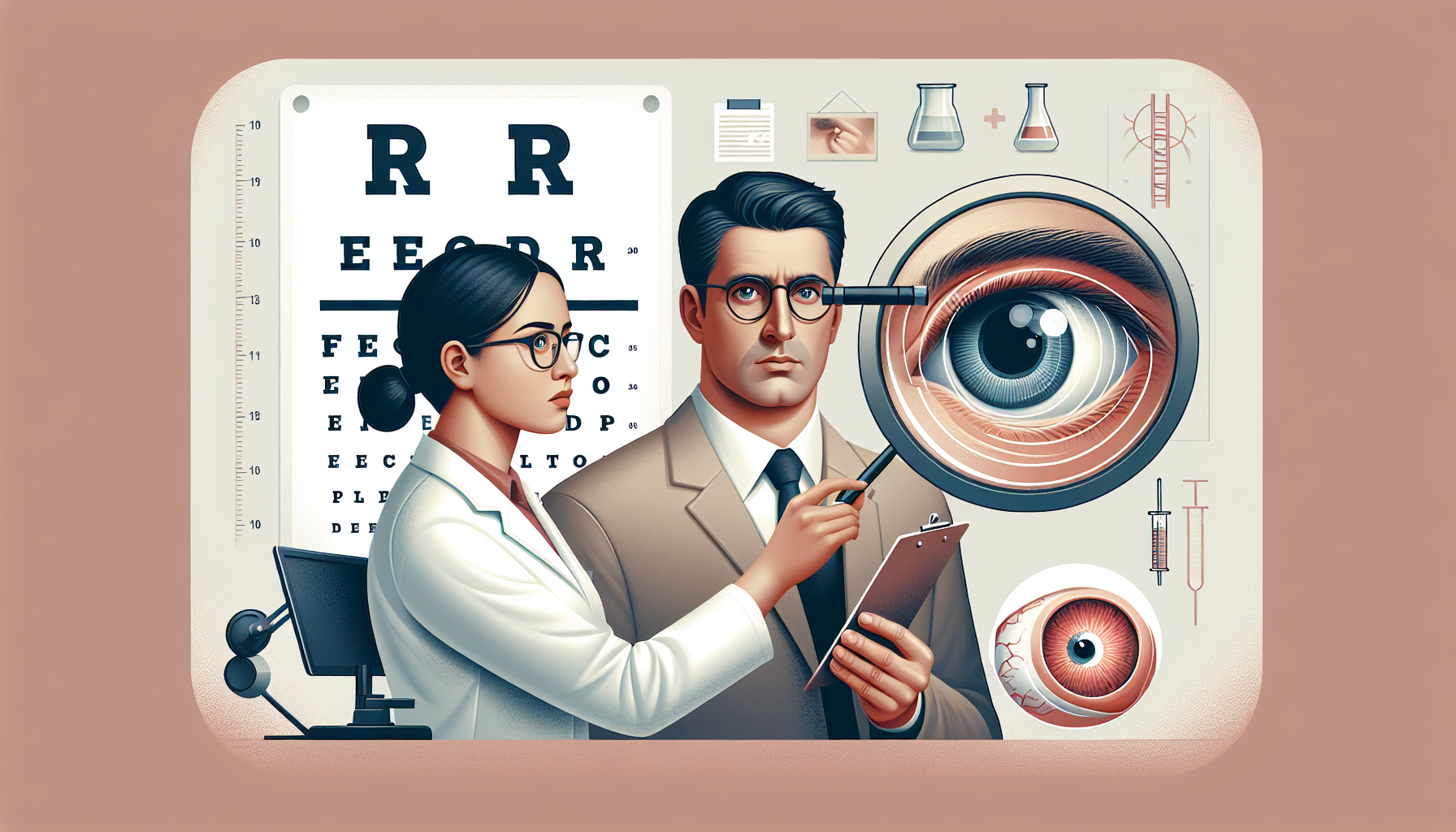The field of ophthalmology continually witnesses novel developments and findings, which can significantly impact patient care. One such area of interest is the recovery of vision in the amblyopic eye following vision loss or injury in the fellow eye of adult patients. The aim of this article is to simplify the results of a detailed review and synthesis of existing literature on this topic, making it more accessible to the general public. I’m Dr Navin Kumar Gupta, an Ophthalmologist based in Mumbai, and I’ll be walking you through these findings.
A comprehensive exploration of 24 case report papers, all published before December 2021, was undertaken. These papers collectively looked at 110 adult patients who had unilateral amblyopia – a condition where vision in one eye is significantly weaker than the other – and had suffered vision loss in the other eye for various reasons, including ischemic optic neuropathy, age-related macular degeneration, and uveal melanoma.
Statistical scrutiny of the data from these papers allowed us to assess both the frequency and extent of vision recovery in the amblyopic eye following vision loss in the fellow eye. It’s important to note that the data used for this analysis was taken from three retrospective case series, involving a total of 42 patients.
The results were intriguing. Following vision loss in the fellow eye, 60% of the patients showed improvement in vision in the amblyopic eye, with gains of at least 2 logMAR lines – a measure of visual acuity. This recovery typically took place within 12 months of the initial vision loss in the fellow eye.
Closer examination of the data revealed that the younger patients (aged 18-40), those with poorer baseline vision in the amblyopic eye, and those with greater vision loss in the fellow eye, were more likely to experience significant visual gains in their amblyopic eye. Interestingly, recovery was witnessed across all types of amblyopia and fellow eye pathologies, albeit the recovery was quicker when the fellow eye’s retinal ganglion cells were involved.
However, it’s crucial to understand the limitations of this study. The data was extracted retrospectively from multiple reports published over decades, each with its own data collection method. Moreover, a potential bias towards publishing only positive results might have influenced the findings.
Nonetheless, these findings hold significant clinical importance, suggesting that the adult brain retains the necessary plasticity for amblyopia recovery. In other words, adults may still have the capacity to regain vision in their weaker eye. These findings also give credence to the concept of metaplasticity, suggesting that a reduction in cortical activity from the non-amblyopic eye could potentially lower the plasticity threshold, enabling synapses for the amblyopic eye.
This insight could inspire clinicians and researchers, like me, to explore new treatment strategies and improve patient outcomes. For more insights and updates on eye care, visit my website, Shankar Netrika Eye Centre, or book an appointment for a comprehensive eye check-up or surgery.

Comments are closed for this post.